Art & Exhibitions
From Chagall’s Bible to ‘Sgt. Pepper’ Art—See 5 Highlights at the N.Y. Antiquarian Book Fair
The 64th edition runs from April 4 to 7.
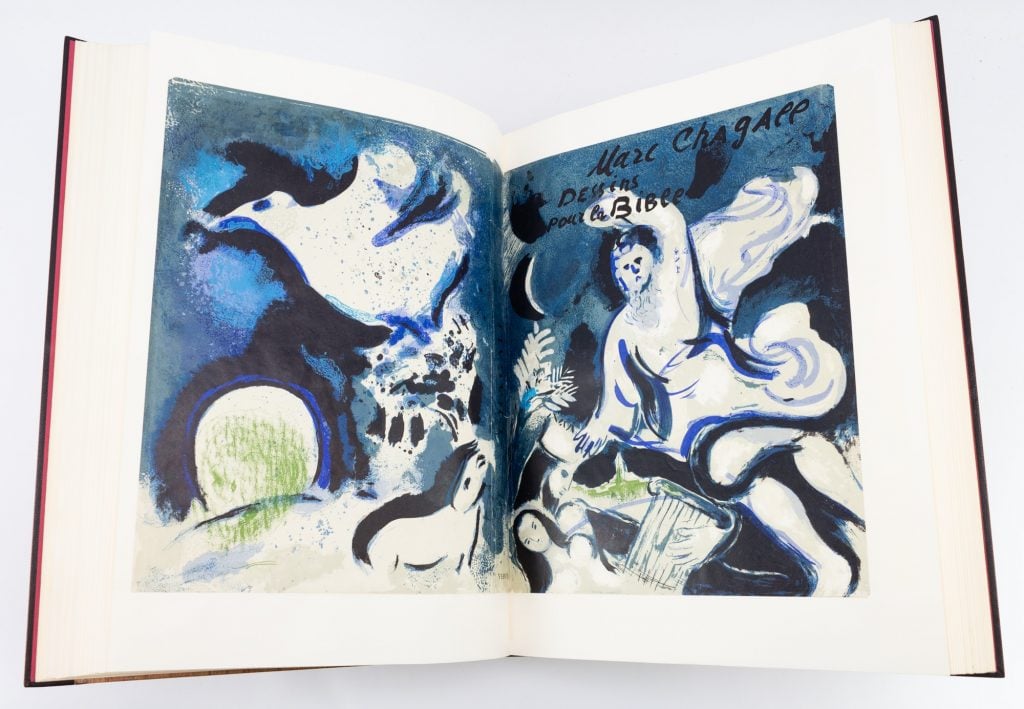
The ABAA New York International Antiquarian Book Fair is considerably more exciting than its name suggests.
Each April, dealers, collectors, and the casually curious descend on New York’s Park Armory for a weekend of bookish fun. In truth, “book” is a misleading, limiting word compared to the scope and diversity of items laid out in the cavernous hall. Offerings span early maps, groundbreaking patents, historic letters, fledgling advertisements, political banners, concert posters—each with its own specialist dealer.
Here are five intriguing art-related offerings from the 64th Edition.
The Cottingley Fairies Prints
Rare Burnside Books
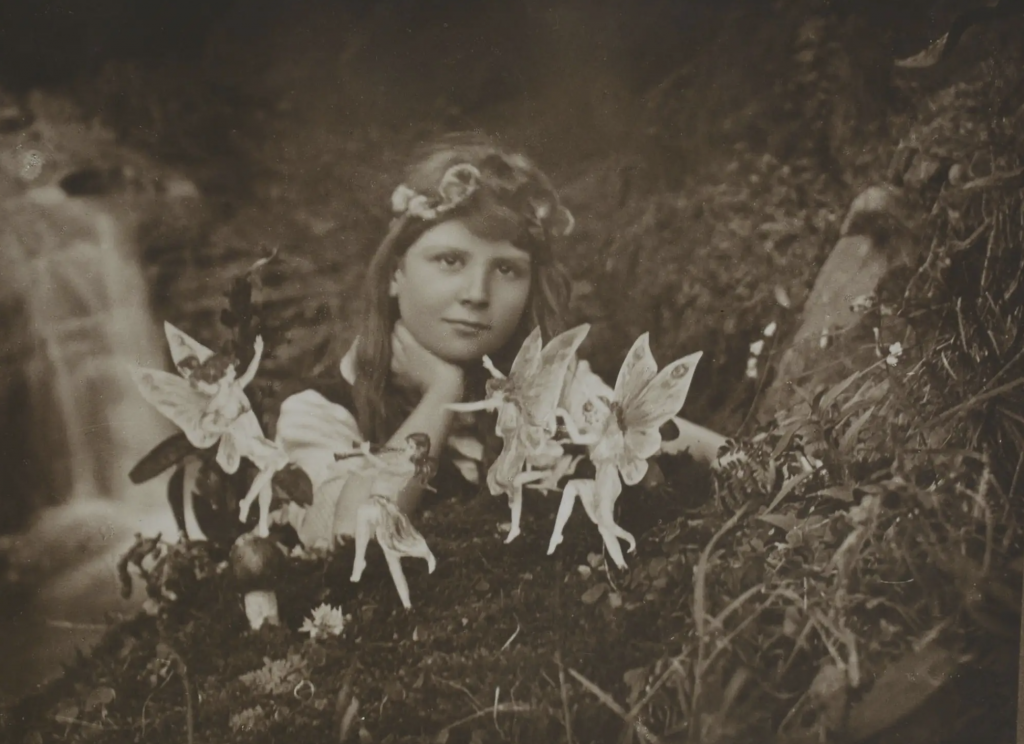
The first of the five photographs, taken by Elsie Wright in 1917. Photo: Burnside Rare Books.
In an era of deep fakes and photoshop trickery, the Cottingley fairy images are a reminder that photographic manipulation is as old as the medium itself. In 1917, two girls set out to photograph fairies dancing in the Yorkshire countryside. They hoped to prank their parents. Instead, the series of five photographs captured the imagination of the British public. Most compelled were the theosophists, including Sir Arthur Conan Doyle, who understood the prancing white-winged things as protoplasmic thought forms produced by the girls’ psychic auras. In reality, the fairies were cardboard cut outs held in place with hatpins. The pair admitted as much in a 1983 interview—sort of, the fifth photograph, they insisted, was authentic.
The Original Artwork for Sgt. Pepper’s Lonely Hearts Club Band
Voewood Rare Books
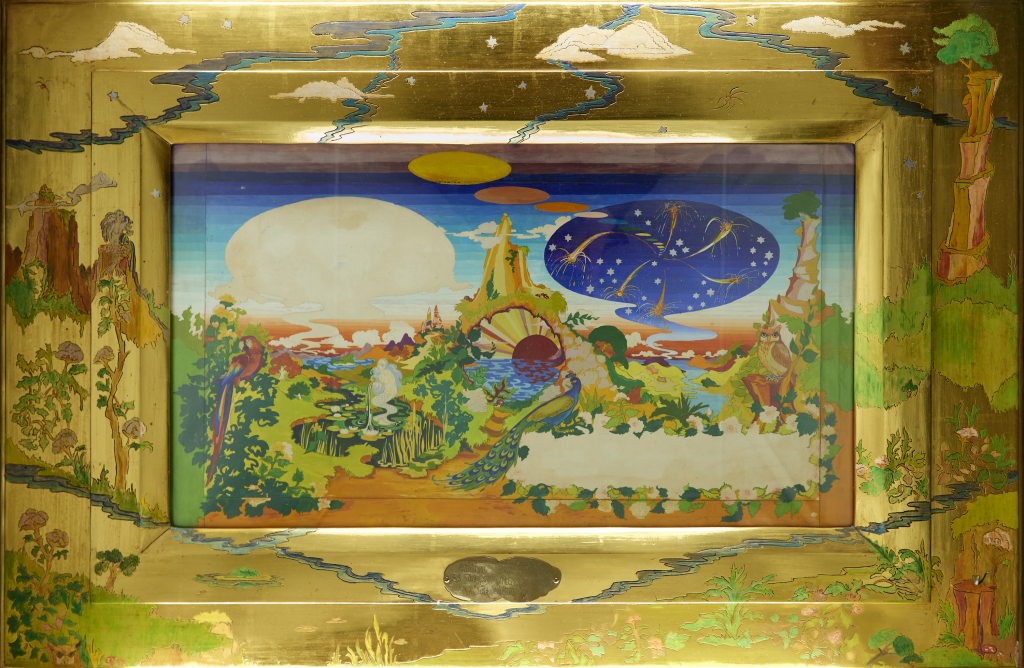
The original artwork created by Dutch design company The Fool for The Beatles. Photo: Voewood Rare Books.
Exhausted by touring and keen for a refresh, the Beatles took a mini-hiatus in late 1966. Ringo relaxed, John traipsed through art galleries, George learned the sitar in India, Paul dropped LSD. Art, psychedelics, and musical experimentation underpinned the subsequent record: Sgt. Pepper’s Lonely Hearts Club Band, a concept album that saw the Beatles adopt Edwardian alter-egos. For artwork, they commissioned The Fool, the playful Dutch design collective that had worked with Cream and Procol Harum. Its offering was a psychedelic garden of Eden, a scene of mermaids, lush flora, and symbolic birds. Ultimately, the design was considered too overtly trippy and wasn’t chosen. Not that The Fool minded; they took the decision almost as a point of pride. Voewood Rare Books has priced it at $110,000.
David Hockney’s poster for a university lecture
Sims Reed Gallery
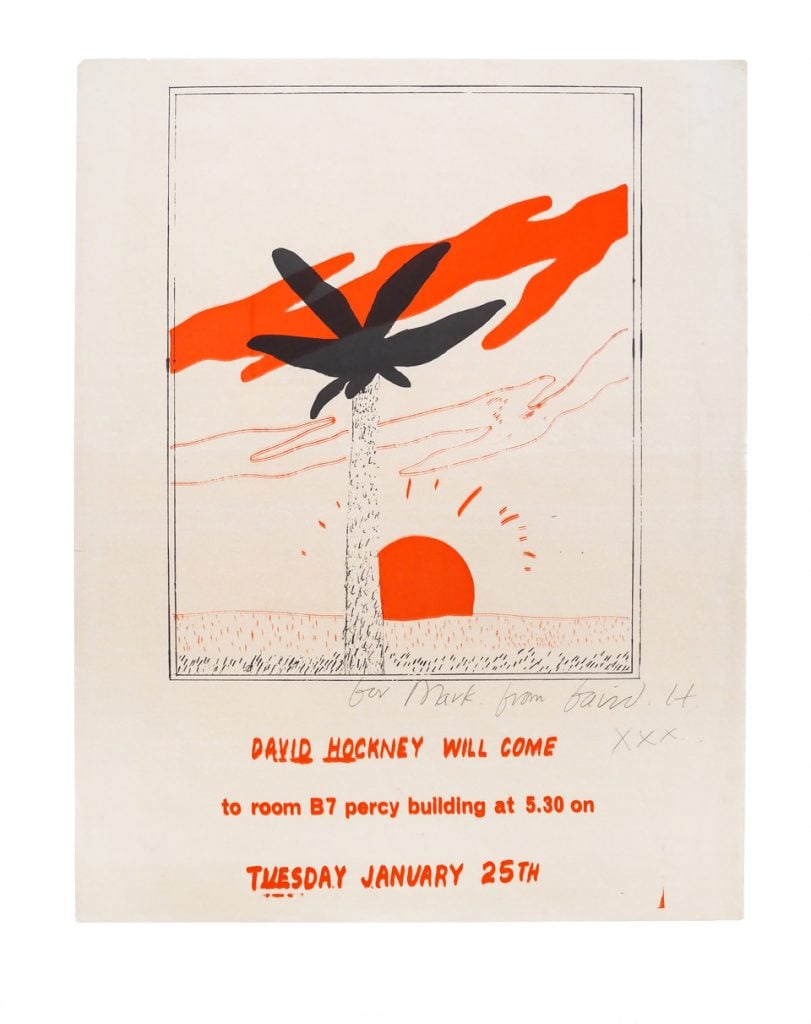
A poster David Hockey created for a 1965 lecture at Newcastle University. Photo: Sims Reed Gallery.
In 1965, with David Hockney’s reputation steadily growing, his friend Mark Lancaster convinced him to give an informal talk about his practice to students at Newcastle University. Hockney created a poster for the occasion, a palm tree (inspired by recent visits to California) together with a simple red sun and the playful all-cap words “David Hockney Will Come.” Lancaster would develop his screen-printing skills further as an assistant to Andy Warhol and Jasper Johns. The Newcastle rendezvous was an important beat in a lifelong friendship that saw the pair travel to Hawaii, Japan, and Hong Kong.
Marc Chagall Bible with burning bush design
Philip J. Pirgaes
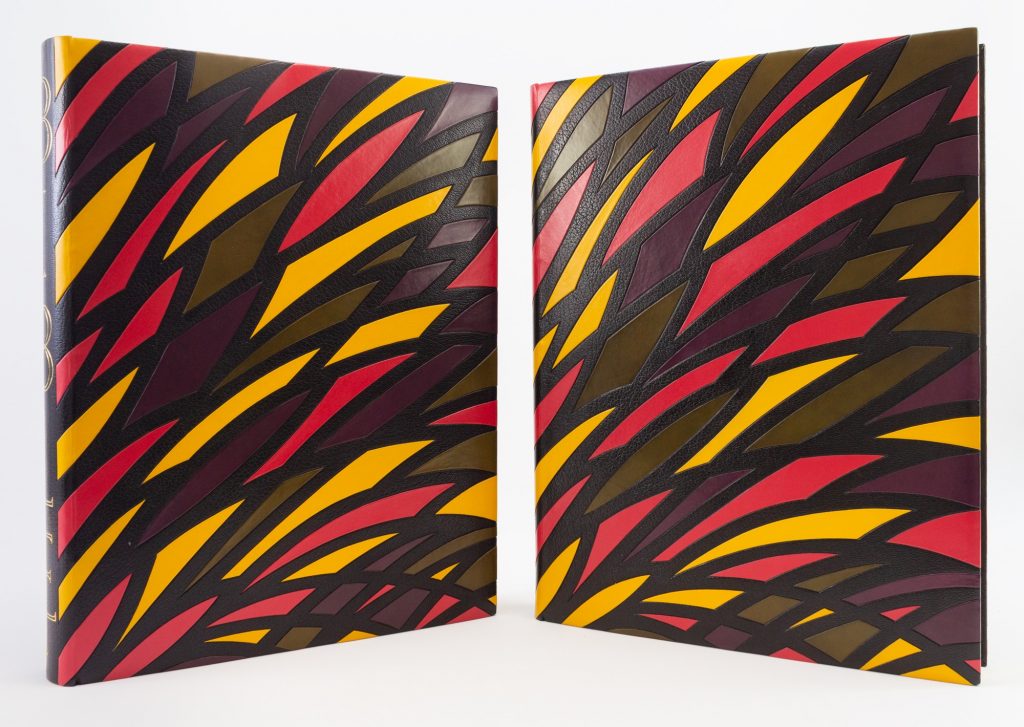
Marc Chagall Bible with bindings by Renee Haas. Photo: Philip J. Pirgaes.
In 1931, the renowned art dealer Ambroise Vollard inquired after Marc Chagall’s interest in illustrating the Bible. Chagall was keen. First, however, he wanted to feel and experience the Holy Land for himself. Upon his return, he studied the masters of engraving, in particular the work of Rembrandt, and methodically produced 105 engravings over a 25-year period. The final work is considered a peerless illustrated Old Testament of modernity with age-old stories made fresh through Chagall’s ability to capture human emotion. Released unbound in 1957, Philip J. Pirgaes offers René Haas’ design ($95,000), one that evokes a burning bush ablaze on a stain-glass window.
Sylvia Plath’s high school painting
Type Punch Matrix
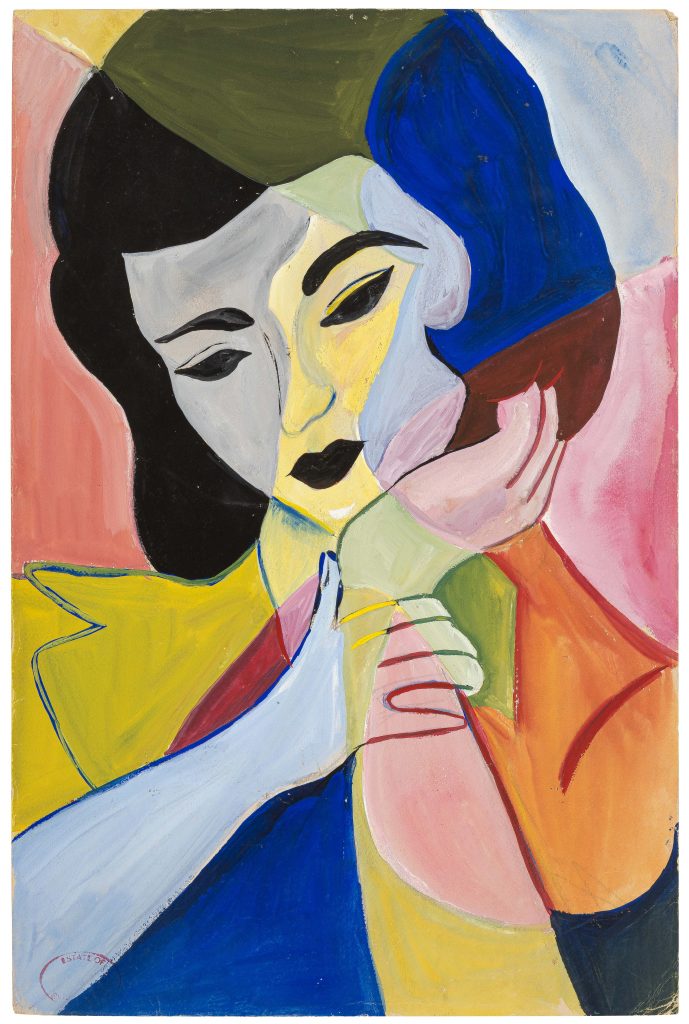
Sylvia Plath, Portrait of an Unidentified Young Woman (1948/49). Photo: Type Punch Matrix.
As a child, Sylvia Plath drew, painted, and sketched with abandon. She arrived at Smith College in 1950 determined to major in fine art. Plath painted this portrait of an unidentified young woman as a high schooler in the late 1940s. It shows a characteristic sensitivity to mood and gesture. As explored in a 2017 Smithsonian exhibition on Plath, art fueled and inspired her writings, and vice versa. Upon hitting a publishing drought in the late ‘50s, Plath turned to contemporary art, finding in the works of Rousseau, Paul Klee, and De Chirico a kinship that led her to write a series of art poems. Type Punch Matrix has priced the work at $135,000.
The New York Antiquarian Book Fair is on view at Park Avenue Armory, 643 Park Avenue, New York, April 4–7.





